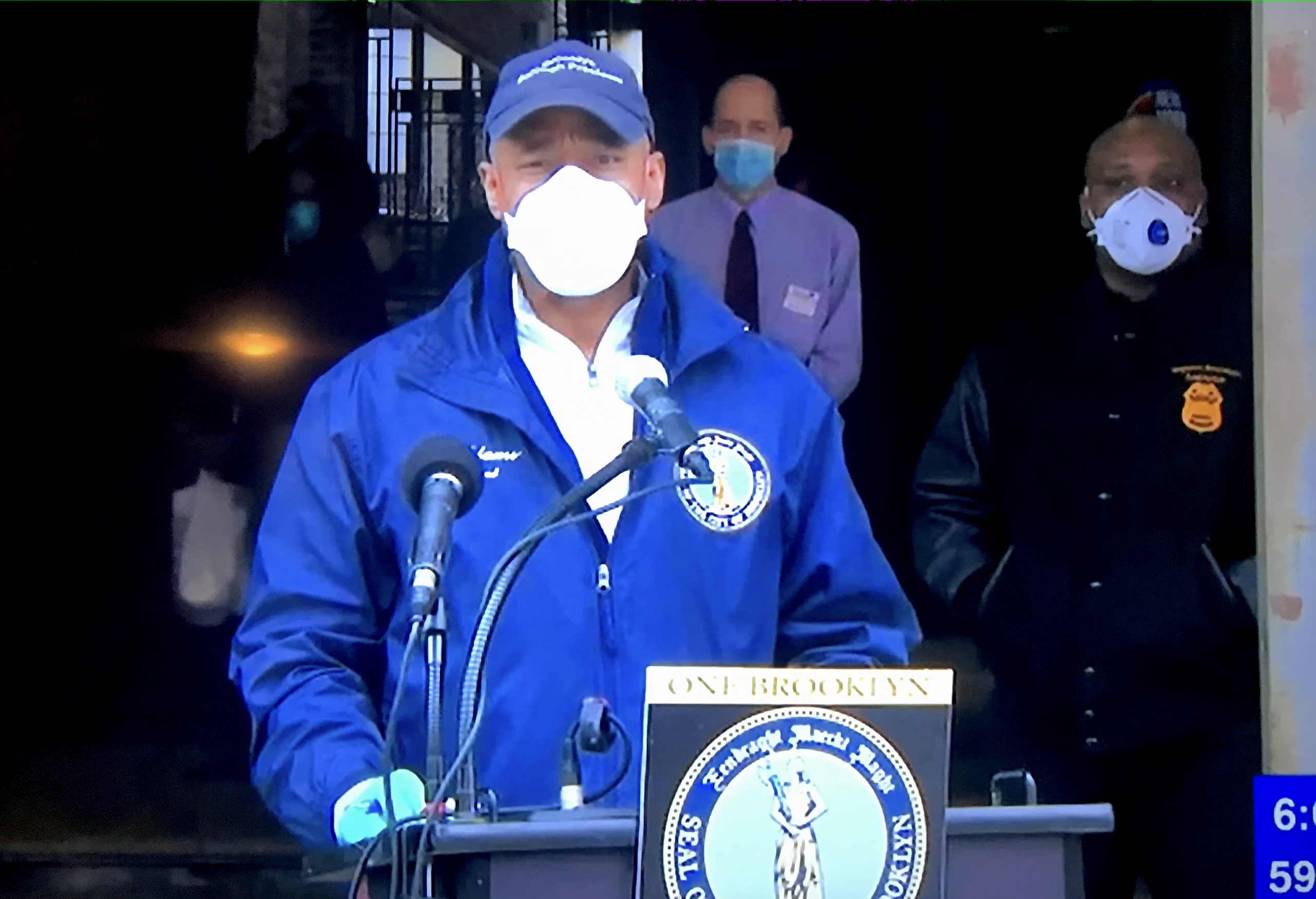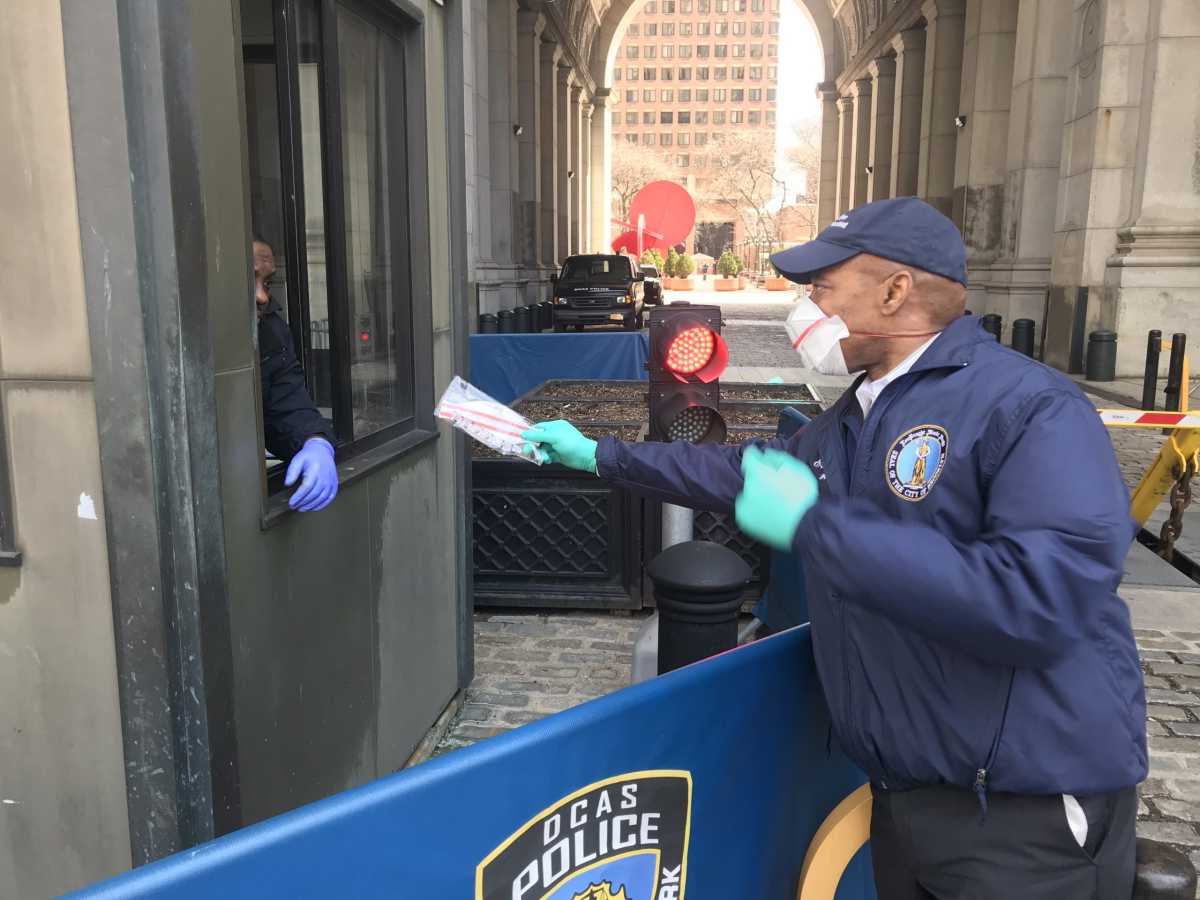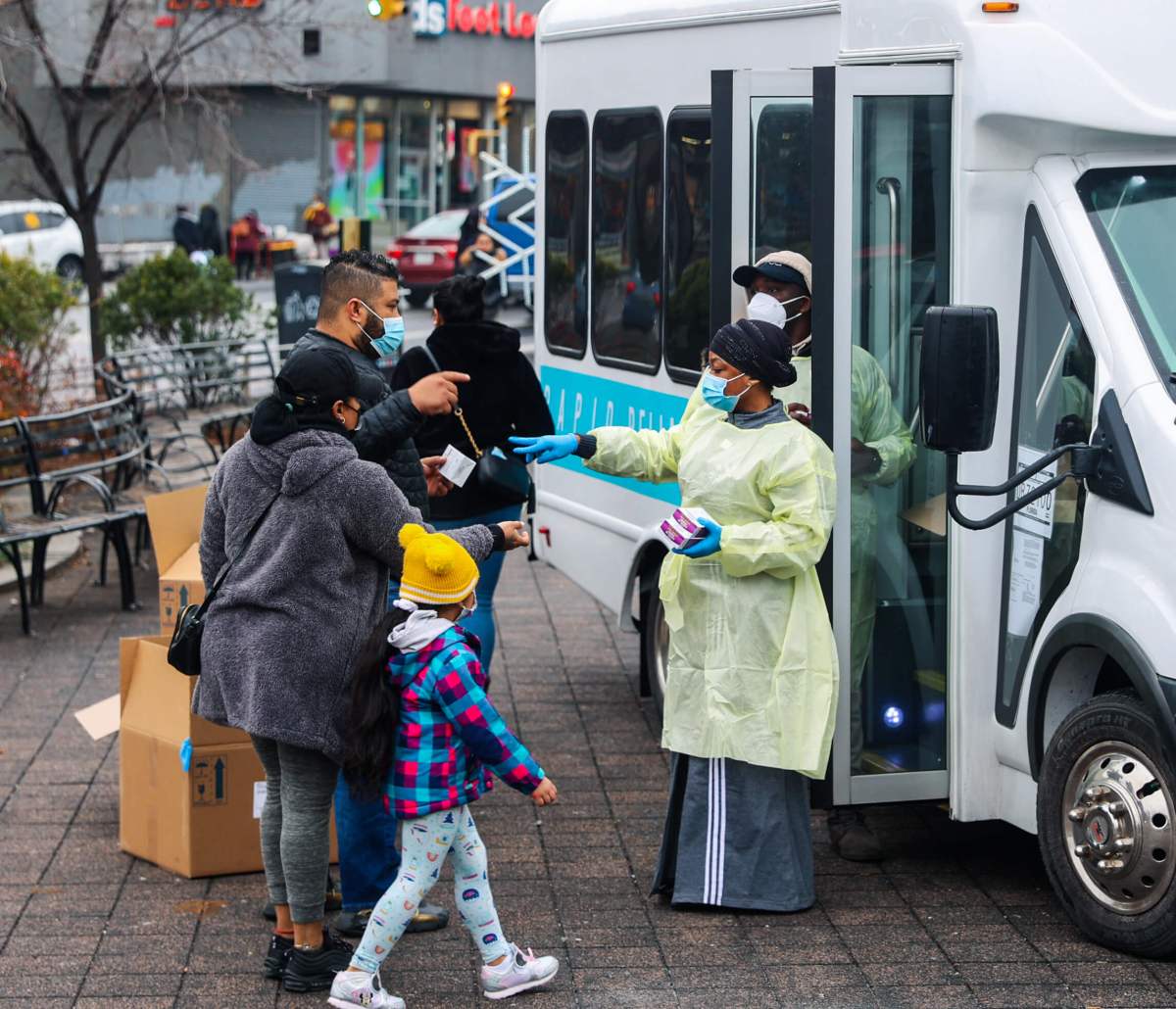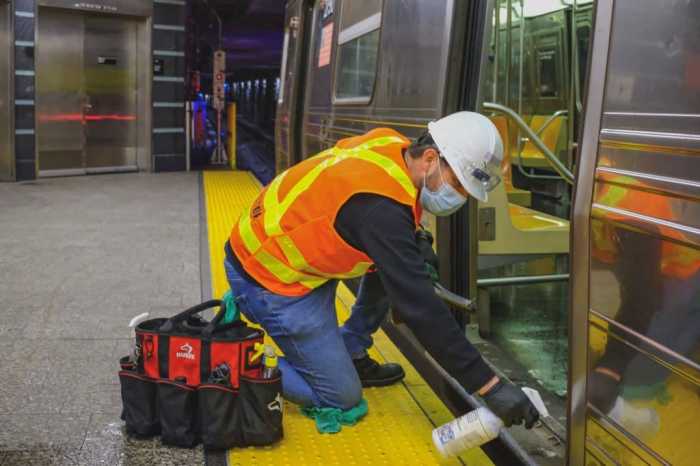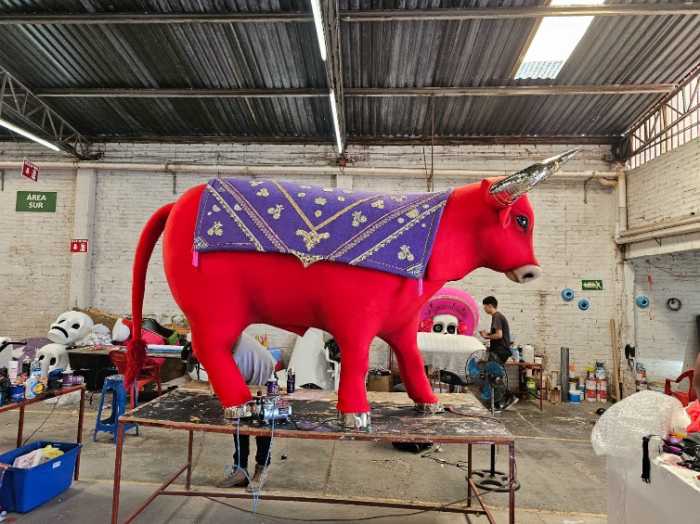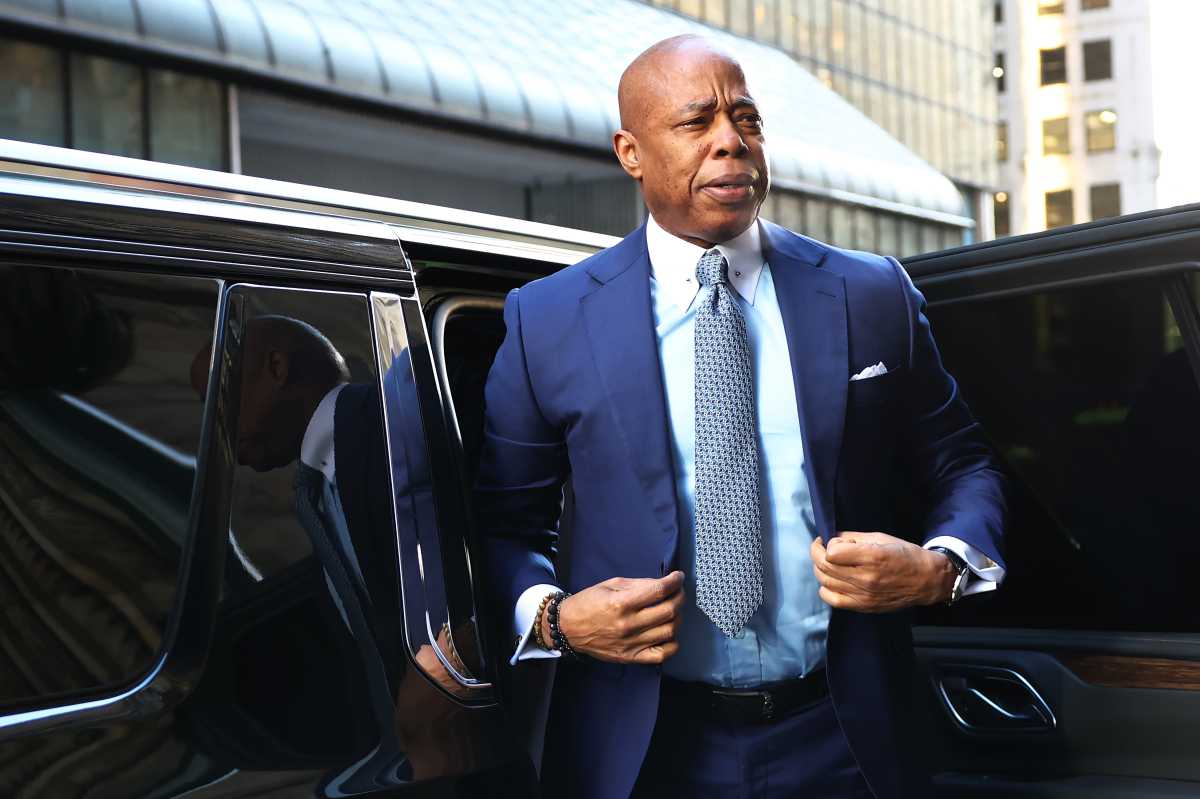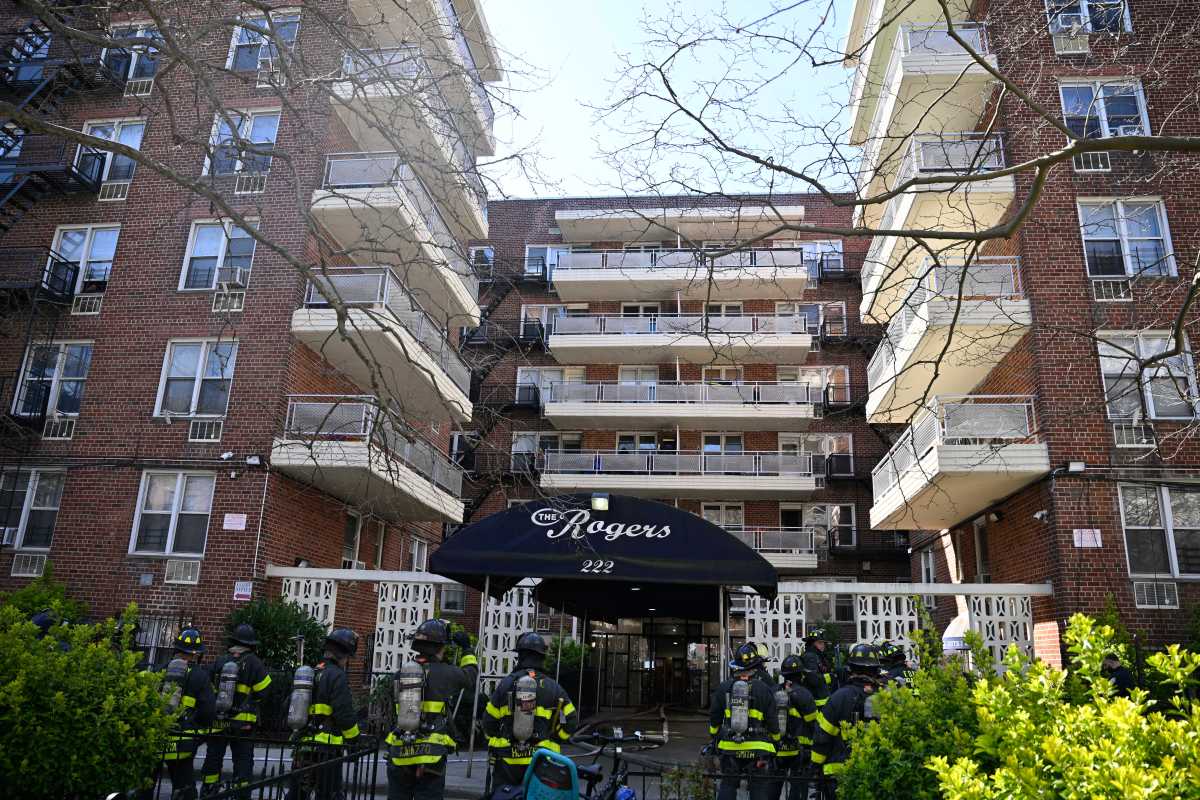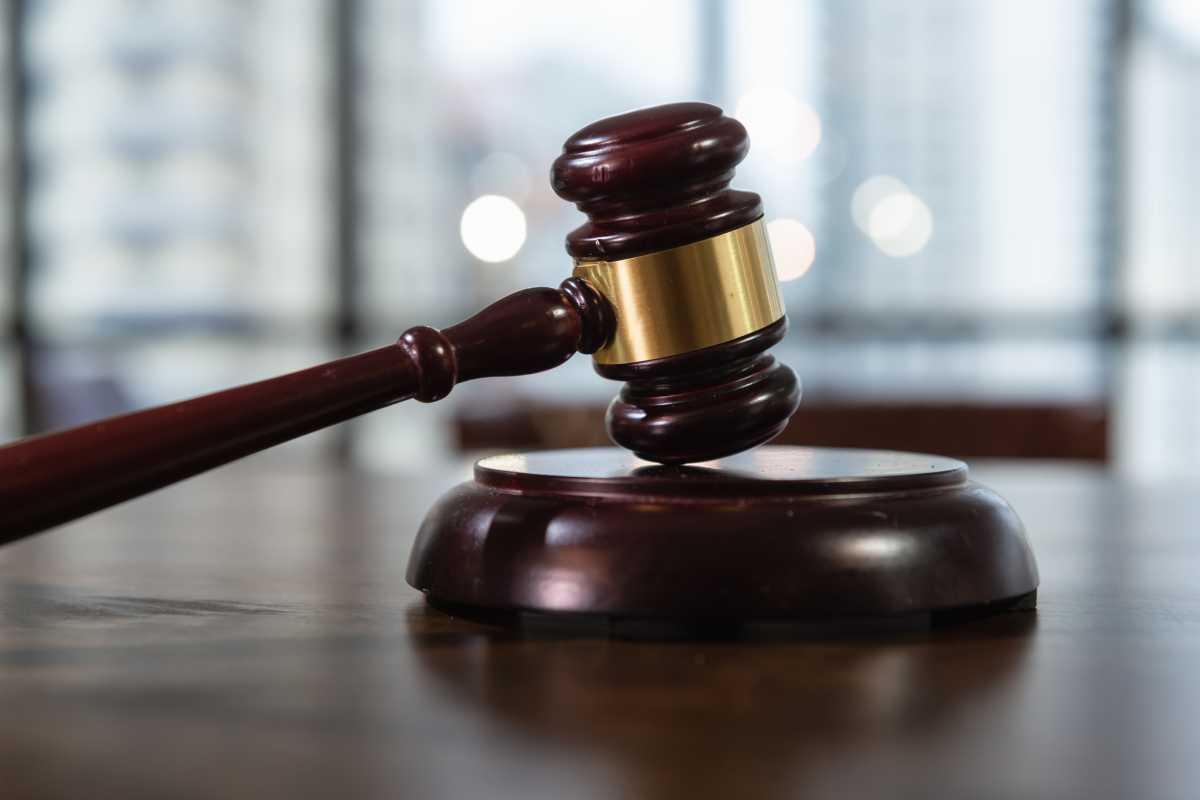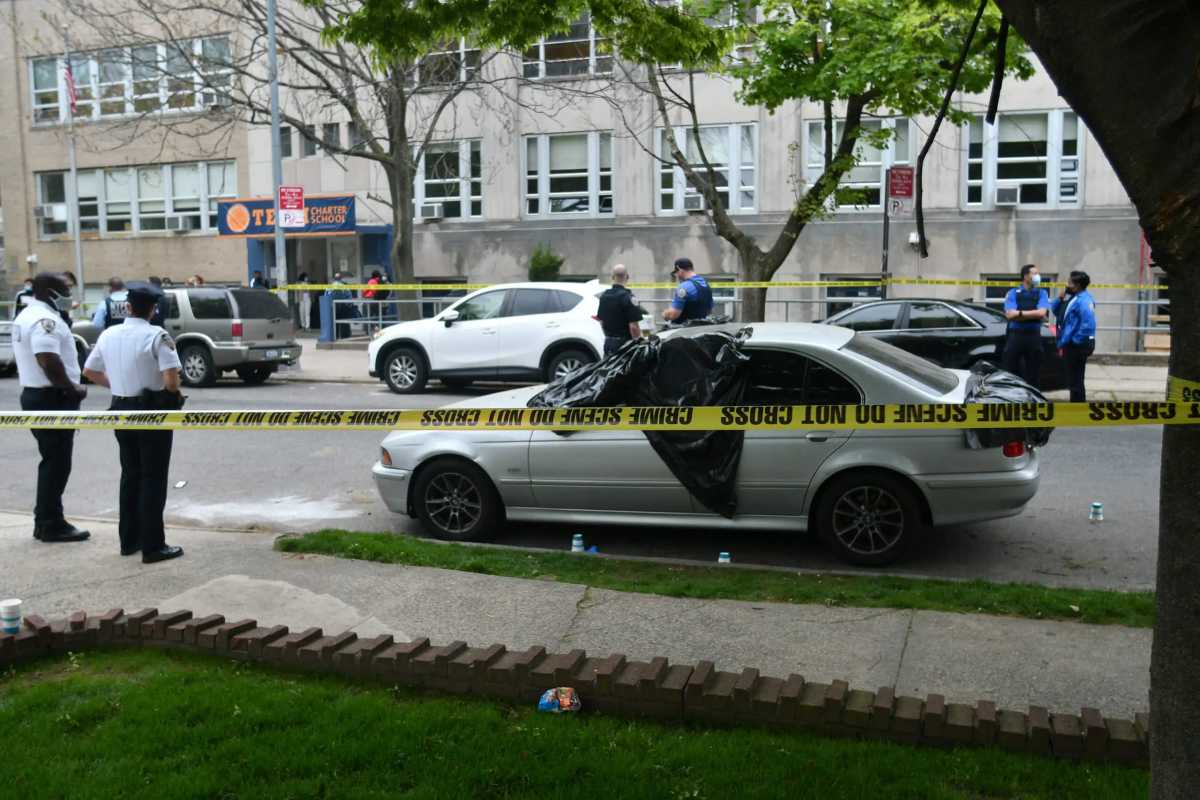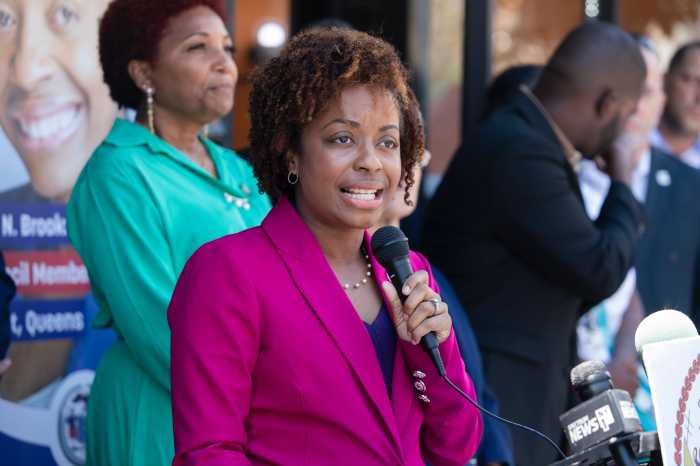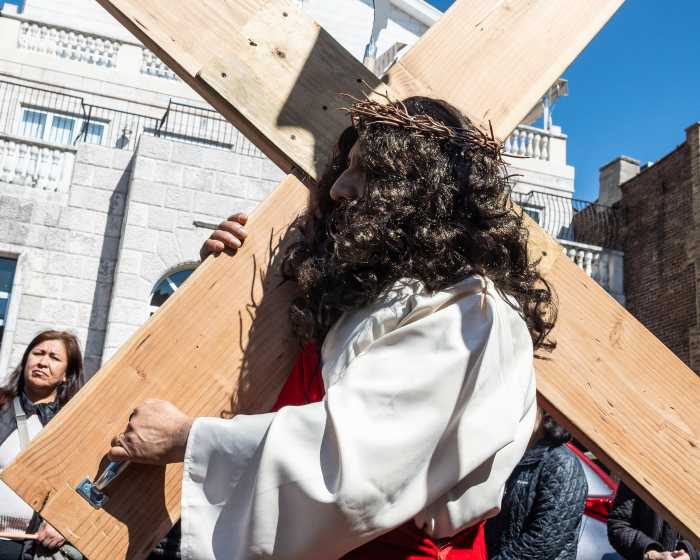Brooklyn Borough President Eric Adams is a retired police captain and that discipline translates to his everyday life of eating healthy and keeping himself fit. So he pushes boosting immune systems city-wide. He goes out and distributes himself PPE’s to first responders and to the public.
Adams has always been a hand-on kind of politician, and it comes from his NYPD days – cops are social creatures. It may be why a lot of cops came down with COVID-19 and Adams is concerned for them and the 4.5 million residents of Brooklyn – the most populous borough in the city. It also has the second-highest rate of the contagion next to Queens. Just like an NYPD commander who depends on Comstats, “I want to see the data.”
“The maps we have are based on limited data – we are looking at diagnoses and prognoses and it depends on the zip code and ethnicity so we need the city and state to turn over the data and tests results because we need to know where people are dying from,” Adams said. “If we’ve under-tested, and I think we have, then we’ve under-identified and will have a late response.”
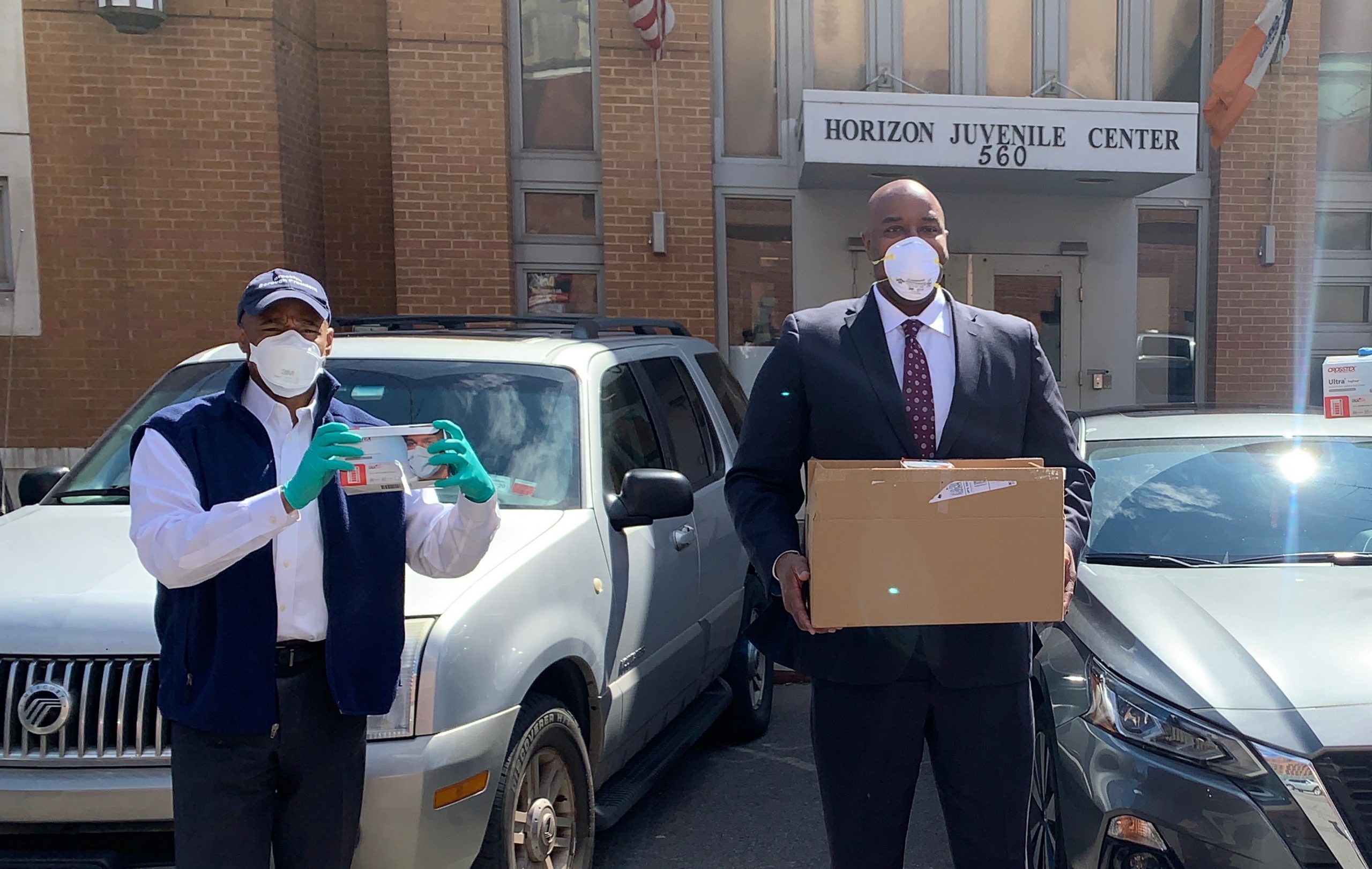
Adams would like more resources put where “more people have pre-existing conditions and where poor outcomes are expected.” He said more hospital spaces need to be opened in Brooklyn and Queens with more PPE’s provided to these hospitals. He has come out of his home almost every day giving out masks, but he has also come out for the first responders, going to a supermarket on Saturday where he started “Get Them Up Front,” a program to allow first responders buying groceries to move to the front of the lines.
Looking at the zip code maps provided by the city this week, Adams recognized that many of those hit hardest were religious communities – Orthodox Jewish neighborhoods in Borough Park, Crown Heights and Williamsburg were highest concentrations of COVID-19 and then areas in the southern part of the borough including Canarsie and East New York where many of those people attend large church services, including the massive Christian Cultural Center where up to 5,000 people attend services on any given Sunday.
“Without a doubt, churches synagogues and temples that are not just places to assemble, but a place to deal with mental and spiritual health – we want people to be spiritually healthy and emotionally stable but this is unusual times,” Adams said. “Maybe we should have the city pick up the tab on Zoom, Facebook and Skype accounts or make it affordable for these communities.”
Adams has been able to get surgical and N-95 masks for medical facilities and the public and “the CDC is catching up to us as we are putting masks int he hands of people who are essential.” He said PPE’s need to go to transit workers, school service employees, juvenile detention centers, and school crossing guards.
“People need to wear a face covering and we should not be waiting – we are on the ground doing it and making sure people don’t spread this virus,” Adams said.
Adams is also promoting better health and healthier diets. he said if people would take better care, “they would be able to fight the virus off better. This is the difference between life and death.”
He is also promoting telemedicine that he says would take a lot of pressure off of overworked emergency rooms at overburdened hospitals such as Maimonides, Kings County and Brookdale University Hospital. He has also been working with Fresh Direct to bring food to medical staff and first responders “who are doing long shifts and so we must make sure they can do so.”
As a former police captain, he worries about police officers in the field, with 1400 cops already diagnosed with COVID-19 and nearly 19 percent of NYPD members out on sick leave. He is calling for a “unified command” to take all law enforcement agencies including Parks, Sanitation, DHS and the Sheriffs deputies under on unified command under the NYPD so that the department can shift around resources as needed. He said it might avoid the use of 12 hours shifts by officers.
His office has also been reaching out to non-English speaking communities to give them proper information on the virus and help residents understand how not to spread COVID-19 to their neighbors.
Adams went out to a group of young people playing basketball at one point and he said they said to him, “what the hell is social distancing.” He said the message must be “we are not using the social mechanisms to get to them.”
“First, we need to understand that we are human beings and what you don’t do for 60 years its not easy to stop on a dime,” Adams said. “We need to communicate to people because many people don’t go and run and get the New York Times, they don’t listen to the governor and the mayor – and they don’t speak English. About 40 percent speak a different language – what about people who speak only Yiddish, Korean, Italian. Maybe they weren’t participating in social distancing because they didn’t get the message.”
He is encouraging outreach to ethnic news outlets and newspapers to communicate directly to those who don’t read or watch mainstream outlets.
“My Hassidic guy doesn’t look at any newspaper, radio or television, in their communities who met with them?” Adams sighed. “We need to improve that communication in the future.”.
The costs of the crisis are also not lost on Adams, knowing that stimulus money may not be enough to save many businesses. Adams said the cure of COVID-19 ills will “cost a lot of money and we are not going get this on the cheap.”
Here is the Brooklyn Borough President’s webpage: www.brooklyn-usa.org/you-can-help-brooklyn.
